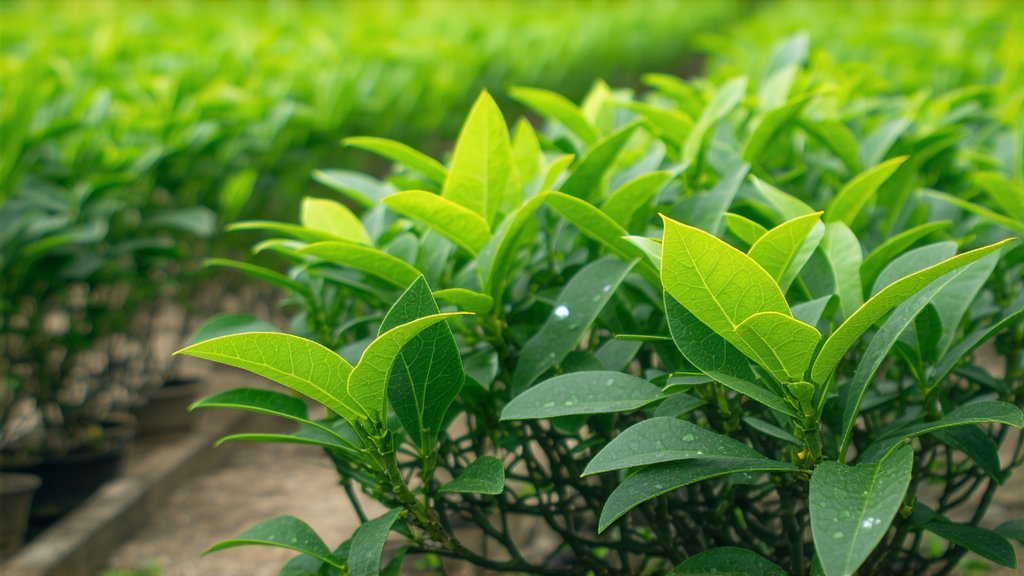
The ancient art of tea cultivation has long been a cornerstone of Chinese culture, with its roots tracing back over millennia. Among the diverse array of teas that China offers, Fujian Silver Needle (Baihao Yinzhen) stands out as a quintessential representation of elegance, subtlety, and tradition. This exquisite white tea hails from the lush mountains of Fujian Province and is revered for its delicate flavor profile and minimalist processing methods. In this exploration, we delve into the history, varieties, production techniques, and the intricate art of appreciating Fujian Silver Needle tea.
Historical Context and Significance
Fujian Silver Needle, also known by its Chinese name Baihao Yinzhen, translates to "Silver Needle White Hair Tip." Its origins can be traced back to the early Qing Dynasty (1644–1912), making it one of the oldest styles of white tea. The name itself reflects the tea's most distinguishing feature—the fine, silvery down that covers the young buds before they are harvested. These downy tips are considered the most prized part of the tea plant, contributing to the tea's unique flavor and appearance.
Throughout Chinese history, tea has been more than just a beverage; it has been a symbol of sophistication and a medium for social interaction. Fujian Silver Needle, with its refined taste and aromatic qualities, quickly gained favor among scholars, poets, and emperors alike. It was often served during significant ceremonies and gatherings, symbolizing purity and refinement.
Varieties and Classification
White teas are categorized based on the degree of oxidation and the specific parts of the tea plant used. Fujian Silver Needle falls under the category of white teas, which are the least processed of all tea types. There are primarily two main varieties of white tea: Baihao Yinzhen (Silver Needle) and Baimudan (White Peony). While both share similarities in their minimal processing methods, Silver Needle is distinguished by being made exclusively from the tea plant's buds, without any leaves or stems.
The other variety, Baimudan, includes both the bud and one or two youngest leaves. This results in a slightly different flavor profile and texture compared to Silver Needle. Both types of white tea offer distinct experiences, but it is the purity and delicacy of Silver Needle that captivate many enthusiasts.
Production Techniques: A Symphony of Precision
The production of Fujian Silver Needle is an art form that requires meticulous attention to detail. The process begins with the careful hand-picking of tender buds, typically in early spring when the first flush of growth appears. Only the topmost buds, covered in fine silvery down, are selected. These buds are then left to wither naturally under the sun or indoors, allowing them to lose moisture slowly while retaining their essential oils and flavors.
After withering, the buds undergo a light oxidation process, though far less than green or black teas. This step is crucial as it preserves the natural sweetness and subtlety of the tea. Following oxidation, the buds are dried either through sun drying or low-temperature oven drying. This gentle drying process ensures that the delicate flavors are not compromised.
The final product is a collection of fine, needle-like tea buds that exude a light, fresh aroma. Each step in the production process is carried out with precision, ensuring that the tea maintains its characteristic purity and elegance.
Appreciating Fujian Silver Needle: A Ritual of Enjoyment
To truly appreciate Fujian Silver Needle, one must engage in the ritualistic practice of the Chinese tea ceremony. This ceremony is not merely about drinking tea but about experiencing it in its entirety—from the visual inspection of aromatic exploration to the tactile sensation and, ultimately, the flavor.
-
Visual Inspection: The first step involves examining the dry tea leaves. High-quality Silver Needle will have a uniform, silvery-white appearance with minimal impurities. The buds should be straight and needle-like, indicating proper handling and processing.
-
Aroma: Upon opening the container, the tea should release a fresh, clean scent with hints of floral notes. The aroma is a prelude to the flavors that will unfold during brewing.
-
Brewing: To brew Fujian Silver Needle, use water that is just below boiling point (around 80-85°C or 176-185°F). Place approximately 3-5 grams of tea leaves into a gaiwan or a glass teapot. Pour the hot water gently over the leaves and let them infuse for about 2-3 minutes. The transparency of a glass teapot allows one to admire the slow unfurling of the buds, a visual spectacle in itself.
-
Tasting: The first infusion yields a pale yellow liquor with a delicate, sweet flavor. As subsequent infusions are made, the taste may become slightly more robust but remains smooth and refreshing. Pay attention to the mouthfeel, which should be silky and almost creamy due to the high content of natural sugars in the buds.
-
Multiple Infusions: Unlike many other teas, Silver Needle can be steeped multiple times, with each infusion revealing different facets of its character. Typically, high-quality Silver Needle can be infused up to seven times, each time extracting new layers of flavor.
-
Finish: Conclude the tasting by noting the aftertaste, which should linger pleasantly, leaving a clean, slightly sweet finish on the palate.
Conclusion
Fujian Silver Needle is more than just a tea; it is an experience that encapsulates centuries of tradition and craftsmanship. From its historical significance to its meticulous production process, the tea offers a journey through time and culture. For those who seek a refined and delicate tea experience, Fujian Silver Needle stands as a testament to the artistry and elegance that define Chinese tea culture. Whether you are a seasoned tea connoisseur or a curious novice, exploring Fujian Silver Needle promises a rewarding adventure into the world of fine teas.